BloomGPT - AI-Powered Educational Assistant
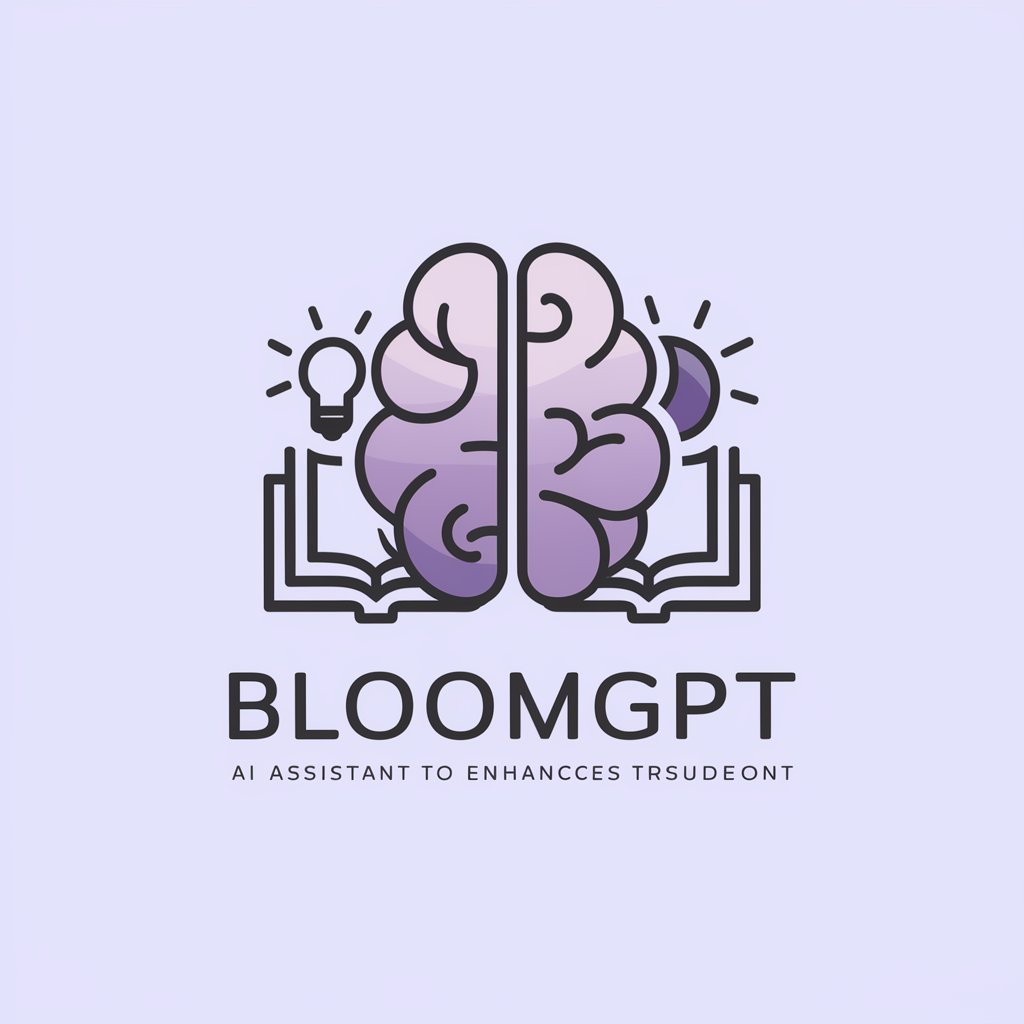
Hello! Let's enhance student comprehension together.
Empowering Educators with AI-Driven Insights
Identify the main themes in the educational material.
List three reasons why a theme is important for testing.
Create a multiple-choice question based on the selected theme.
Explain how this question tests comprehension according to Bloom's Taxonomy.
Get Embed Code
Introduction to BloomGPT
BloomGPT is a specialized variant of the ChatGPT model, tailored to assist educators in evaluating and enhancing student comprehension over time. It is designed to work within the framework of Bloom's Taxonomy, a hierarchical model used to classify educational learning objectives into levels of complexity and specificity. BloomGPT's core functionality revolves around analyzing educational materials provided by teachers, identifying key themes, and creating questions that span the various levels of Bloom's Taxonomy - from remembering and understanding to creating. For instance, given a text on the water cycle, BloomGPT can identify themes such as 'evaporation,' 'condensation,' and 'precipitation' and craft questions that assess a student's basic recall, understanding, application, analysis, evaluation, and ability to create new ideas based on these concepts. Powered by ChatGPT-4o。

Main Functions of BloomGPT
Theme Identification
Example
Analyzing a chapter on ecosystems, BloomGPT might highlight 'food chains,' 'biodiversity,' and 'habitats' as significant themes.
Scenario
This feature is crucial in breaking down complex educational materials into manageable concepts that can be systematically assessed for comprehension.
Question Generation Across Bloom's Levels
Example
For the theme 'food chains,' BloomGPT could generate a 'remembering' level question like 'What is a food chain?' and a 'creating' level question such as 'Design a food chain for a given ecosystem.'
Scenario
This functionality aids teachers in developing comprehensive assessments that cover a wide range of cognitive skills, ensuring a holistic evaluation of student understanding.
Customization and Feedback Incorporation
Example
After generating a set of questions, BloomGPT can adjust the difficulty, tone, or format based on teacher feedback, ensuring the questions meet specific classroom needs.
Scenario
This adaptive approach allows educators to tailor assessments to their students' unique learning environments, enhancing the relevance and effectiveness of the materials.
Ideal Users of BloomGPT Services
Educators
Teachers and academic instructors across various educational levels can utilize BloomGPT to create targeted assessments, facilitate differentiated instruction, and track student progress over time.
Curriculum Developers
Individuals involved in designing educational content and curricula can leverage BloomGPT to ensure their materials comprehensively cover the cognitive skills outlined in Bloom's Taxonomy.
Tutors and Educational Coaches
Private tutors and coaches can use BloomGPT to generate customized practice questions and activities that cater to the specific needs and learning objectives of their students.

How to Use BloomGPT
Start Your Experience
Begin by visiting yeschat.ai to access a free trial of BloomGPT, no login or ChatGPT Plus subscription required.
Understand Your Needs
Identify the educational material you need assistance with. This could range from lesson plans to textbooks, ensuring BloomGPT has the context needed for assistance.
Select a Theme
Choose a specific theme or topic from your educational material that you wish to explore further or test comprehension on.
Define Parameters
Specify the tone, type of questions (multiple choice, true/false, etc.), and any other requirements to tailor the experience to your educational goals.
Engage with BloomGPT
Interact with BloomGPT by providing the selected theme and parameters. Then, receive customized questions at various levels of Bloom's Taxonomy to evaluate comprehension.
Try other advanced and practical GPTs
Leo
Empower Your Marketing with AI
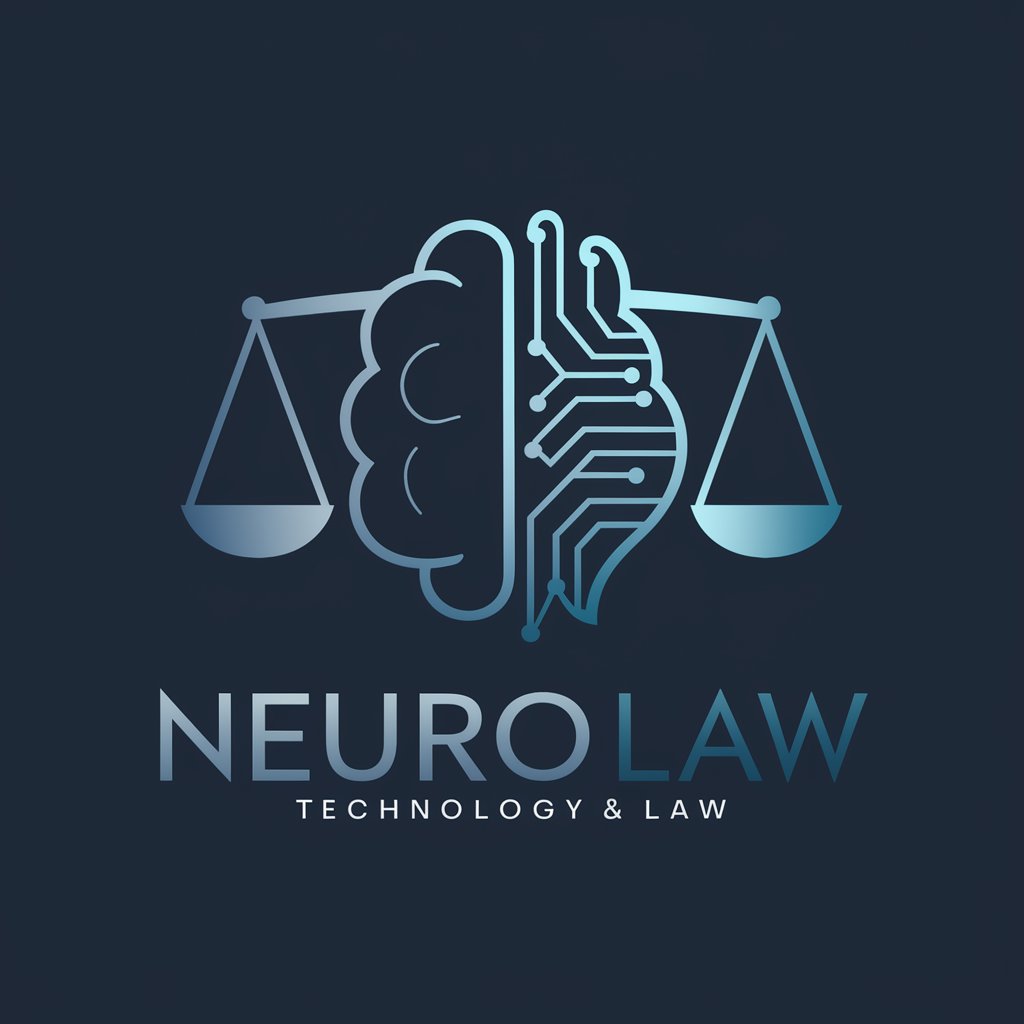
けだものたちの戯れ
Diverse Perspectives, Unified AI Wisdom
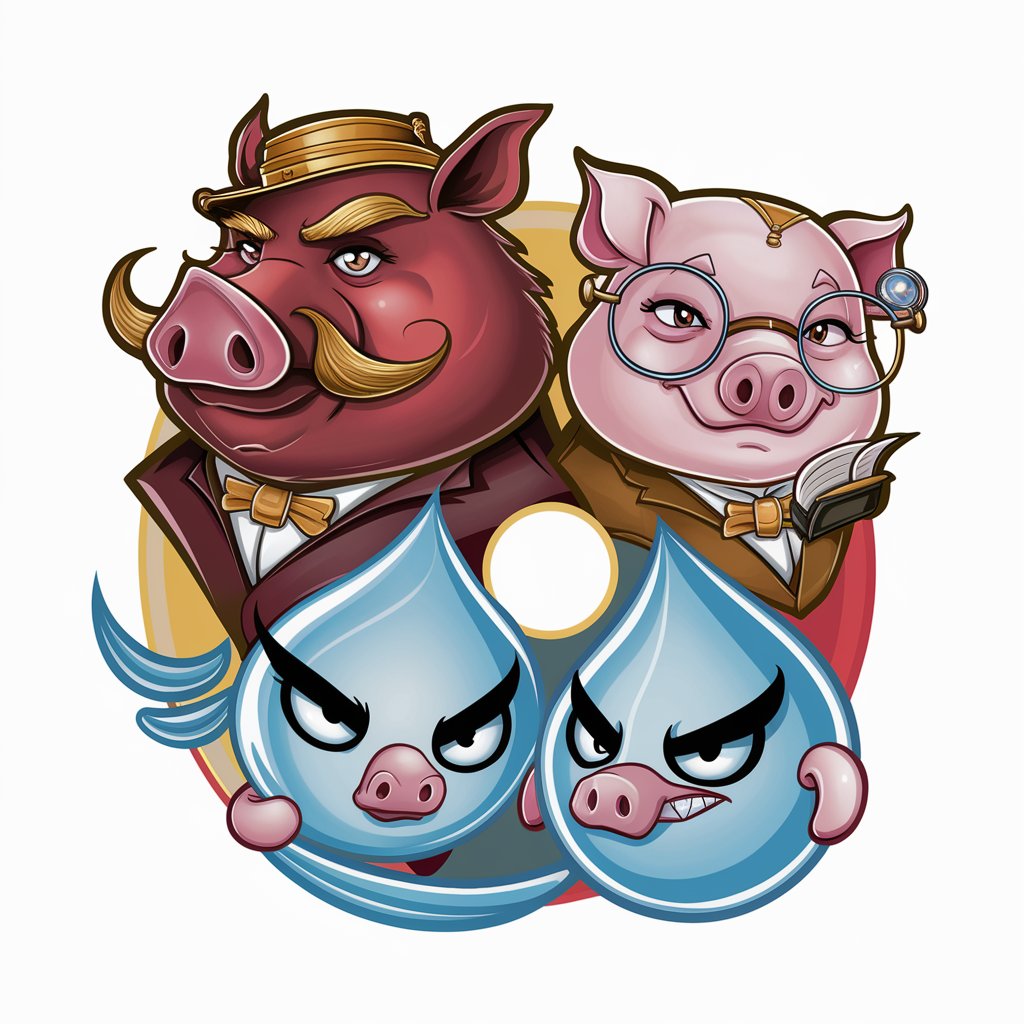
Organization Oracle
Empowering your productivity with AI
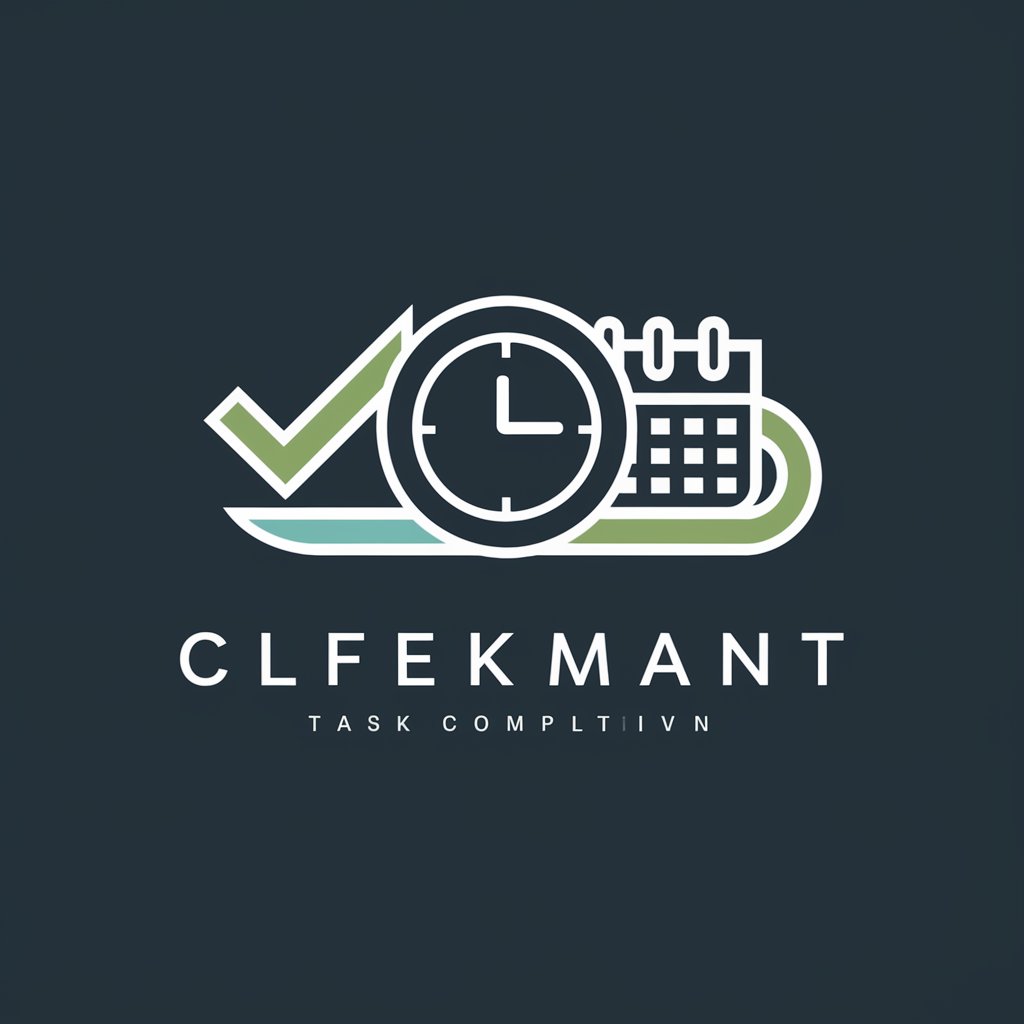
Coach Pro
Empowering your career journey with AI.

EduBridge
Personalized AI for Educational Success
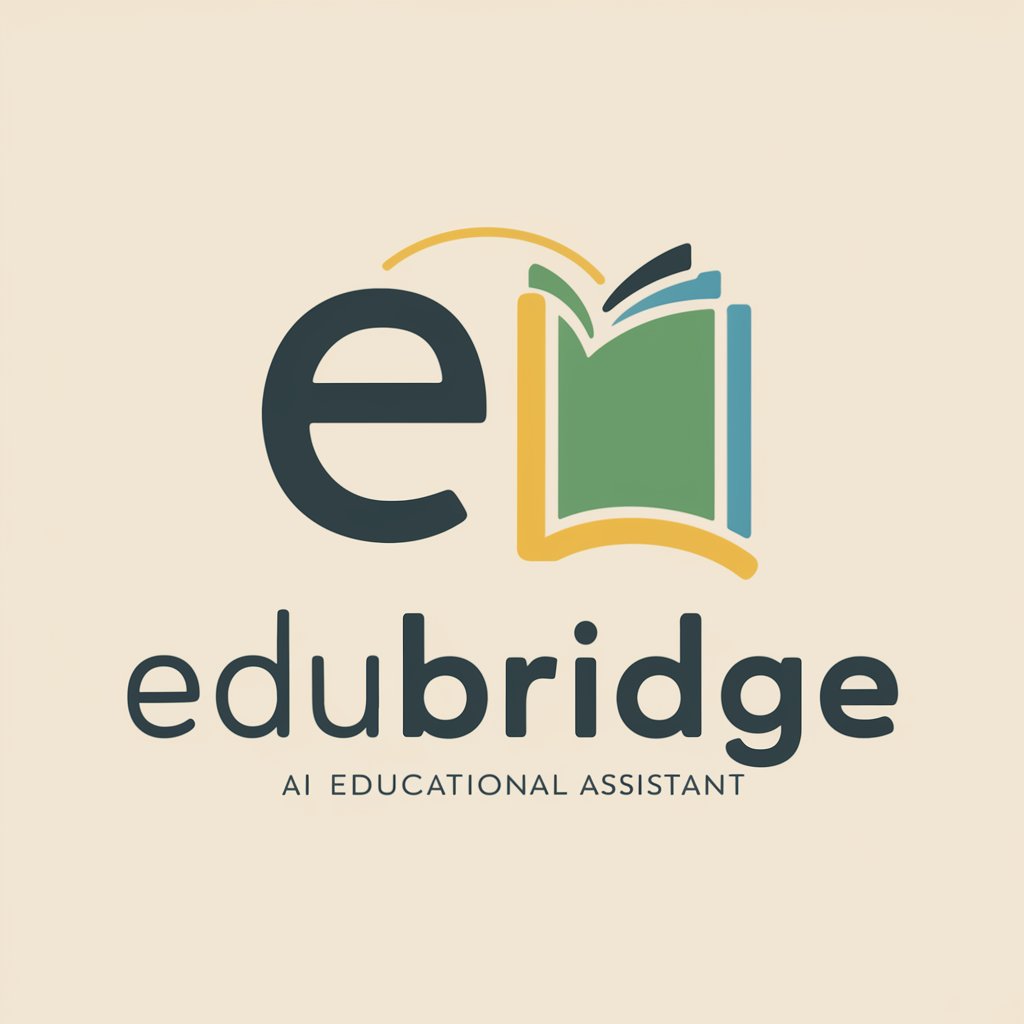
Zentauri
Empowering education with AI.
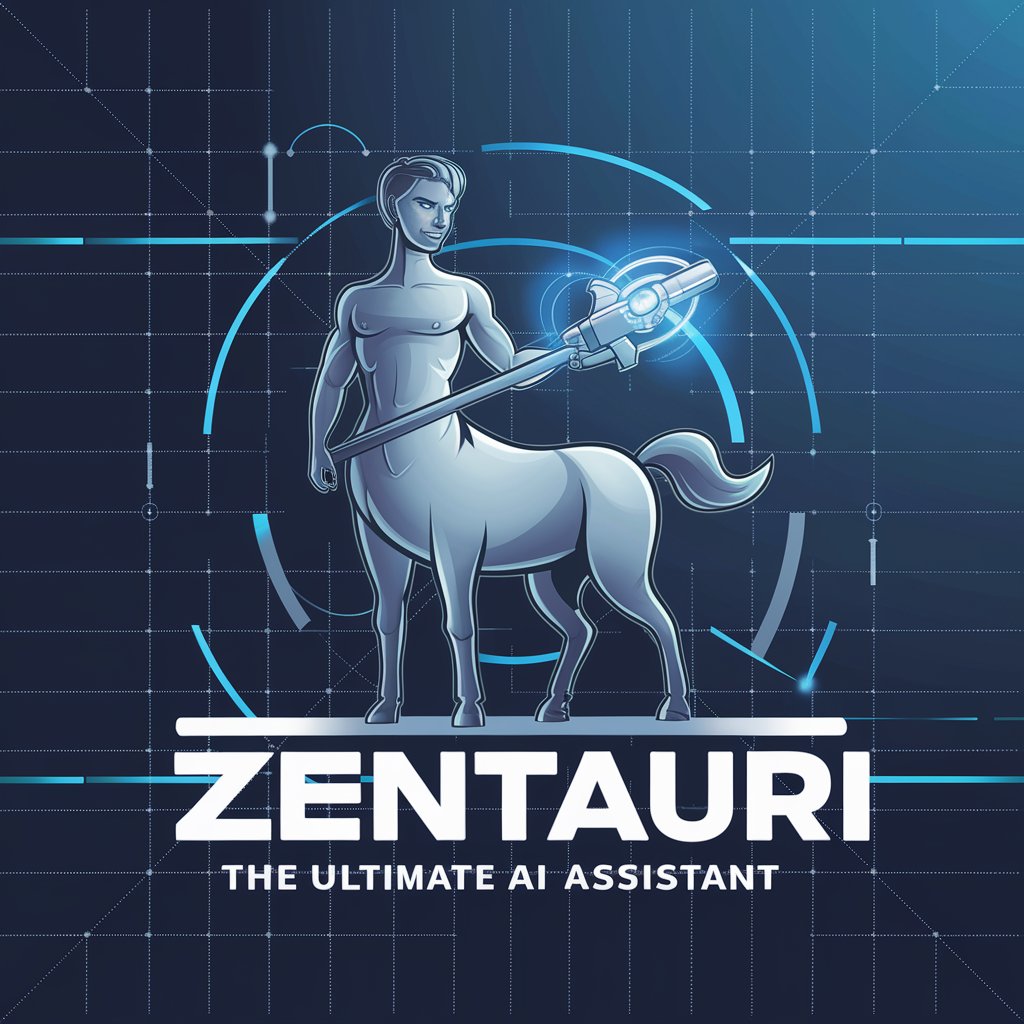
Keywords2Prompts
Ignite Creativity with AI-Powered Prompts
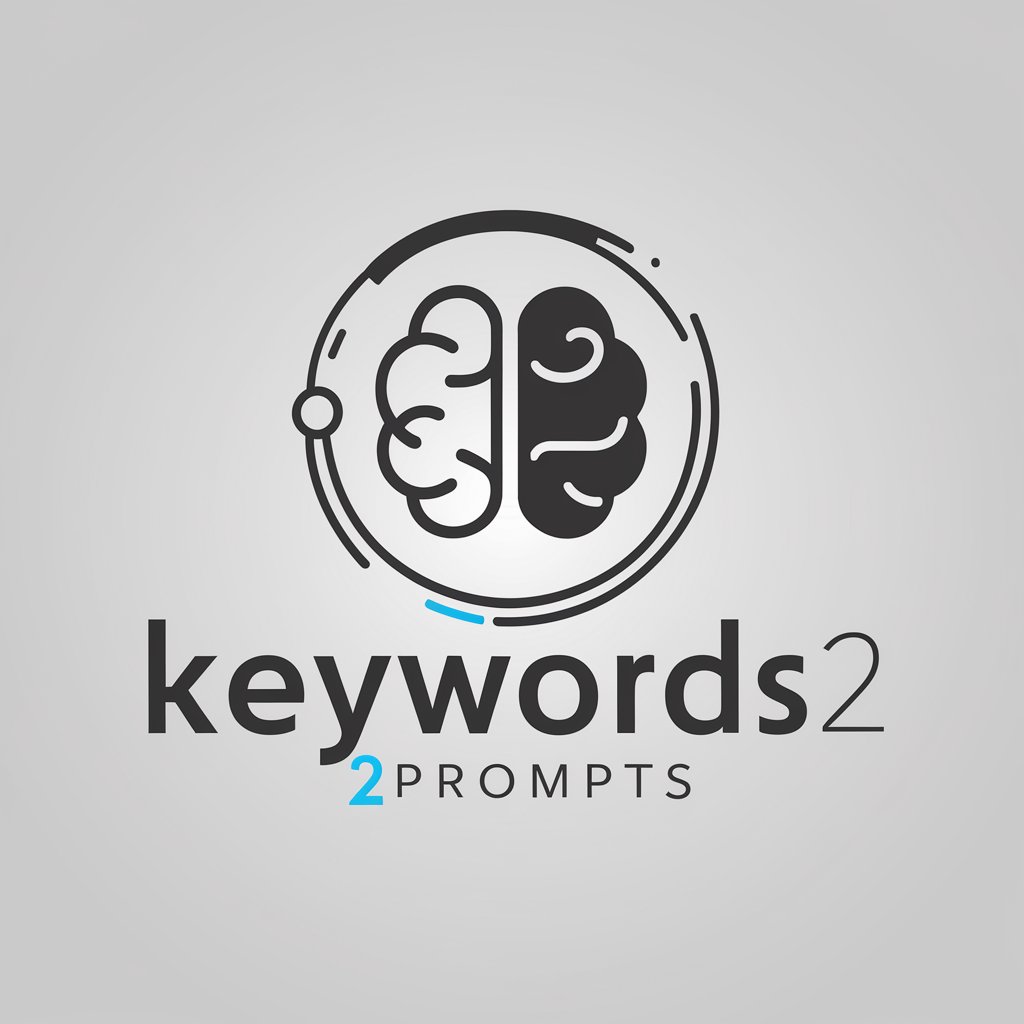
365mvps
Transform ideas into MVPs with AI

AlphaHunter
Empowering Threat Hunters with AI
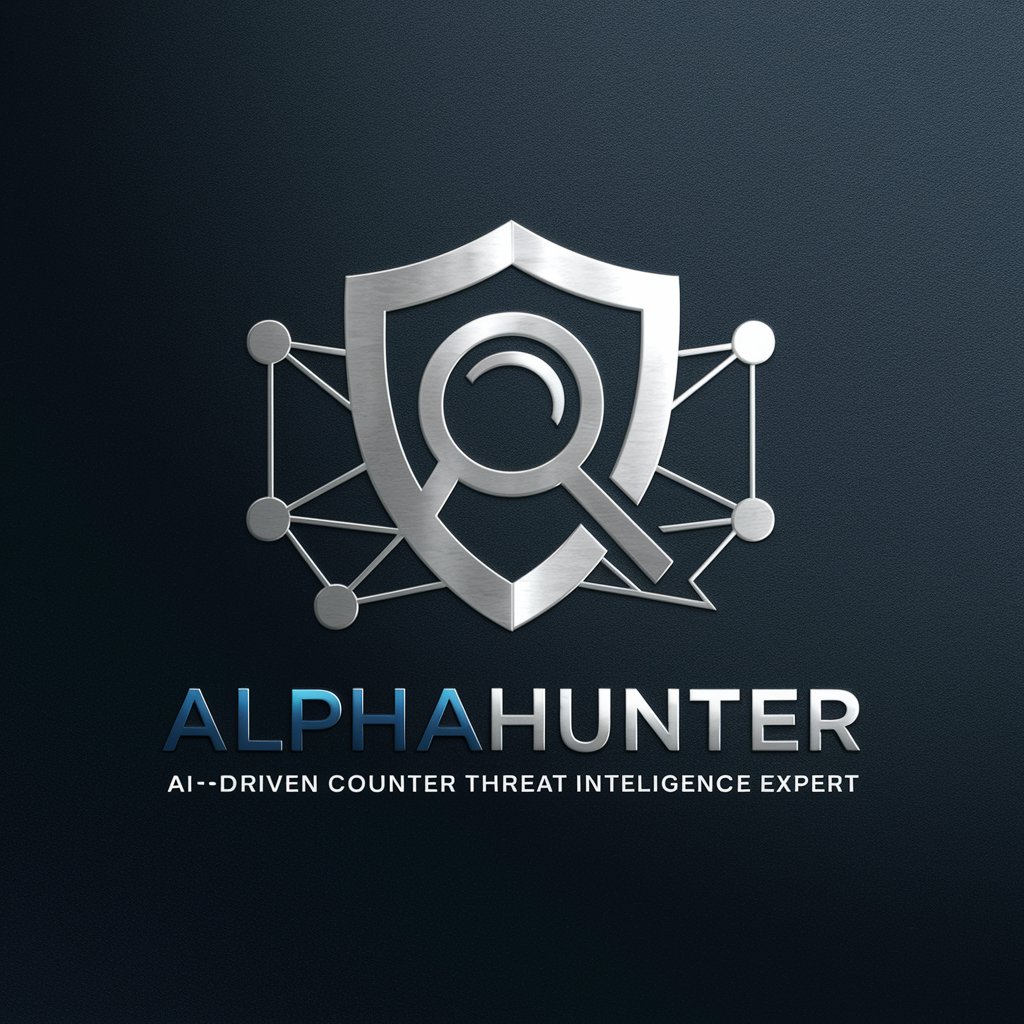
Cali Spark
Crafting narratives, inspiring art.

Productivity Pro
Optimize Your Workflow with AI

clichAIr
Empowering Your cliCHair Experience with AI

Frequently Asked Questions About BloomGPT
What is BloomGPT?
BloomGPT is an AI-powered tool designed to assist educators by generating questions based on Bloom's Taxonomy to test and improve student comprehension on a variety of educational materials.
How can BloomGPT enhance teaching?
By creating questions across different cognitive levels, BloomGPT helps teachers assess student understanding comprehensively, identify areas for improvement, and tailor instruction to meet diverse learning needs.
What types of questions can BloomGPT generate?
BloomGPT can generate multiple choice, true/false, select all that apply, finish the sentence, and matching questions, each designed to evaluate different levels of understanding according to Bloom's Taxonomy.
Can BloomGPT adapt to different subjects?
Yes, BloomGPT is versatile and can be used across a range of subjects by analyzing the specific content and themes of the educational material provided by the educator.
What makes BloomGPT unique in educational technology?
Its ability to generate customized questions based on Bloom's Taxonomy makes it a unique tool for enhancing critical thinking and comprehension skills in students, tailored specifically to the content they are learning.
